Why do dogs sniff each other’s tails
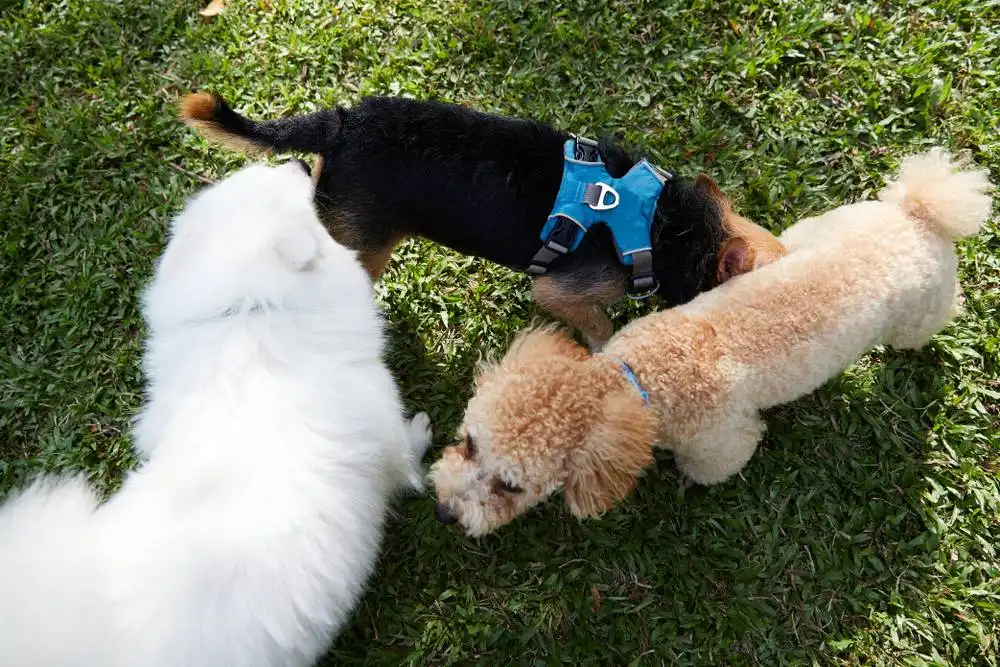
Any dog owner has seen this behavior in their pet more than once. In our understanding, these actions cannot be considered correct from a hygiene point of view. However, for dogs, sniffing is an important ritual that helps them get acquainted. After reading our article, you will understand why dogs sniff each other under the tail.
Why do dogs sniff each other’s tails?
There is an opinion that when one individual sniffs another, it receives the most important information for itself: about its gender, reproductive status, health level, etc. One could say that it reads its “biography”.
However, this statement raises some questions. How complete and accurate can such a “biography” be? Does the completeness of the information obtained depend on any factors: age, sex of the animal, etc. Finally, are there any scientific studies confirming these statements? If not, what is this theory based on?
Turning to animal physiology, we can say with confidence that dogs have special glands with a secretion under their tails. It is this secretion that is the source of each individual’s individual smell. The anal glands secrete pheromones – special substances associated with the reproductive functions of the body and affecting sexual behavior.
Pheromones play an important role not only in the lives of dogs, but also other mammals, in particular us, humans. Cats are also able to obtain information about a relative by sniffing its anal glands.
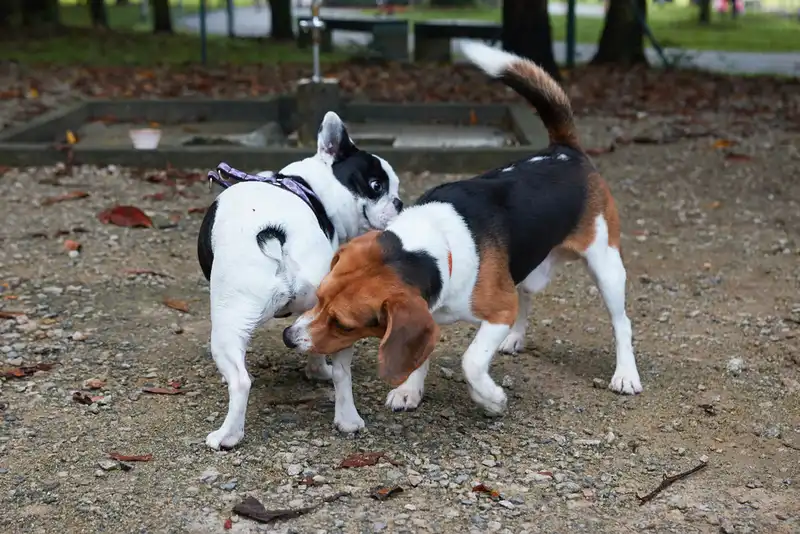
According to the conducted research, it has been established that some individuals have a tendency to more frequently display such behavior. In 1992, the results of the analysis were published, which stated that males more often than females demonstrate an interest in the anal glands of their relatives, sniffing them. However, no breed predisposition to such behavior was found.
This process is important for dogs because it helps them establish social bonds, determine their position in the pack hierarchy, and find suitable partners for reproduction. But not all dogs are so active in sniffing dogs. Some pets may be less concerned with the smell of other animals and prefer to communicate with people.
It is important to remember that each dog has its own personality, and some individuals may be more or less sociable than others. In any case, if your pet feels great and does not exhibit other deviations from normal behavior, disinterest in frequent sniffing of relatives is not a serious cause for concern.
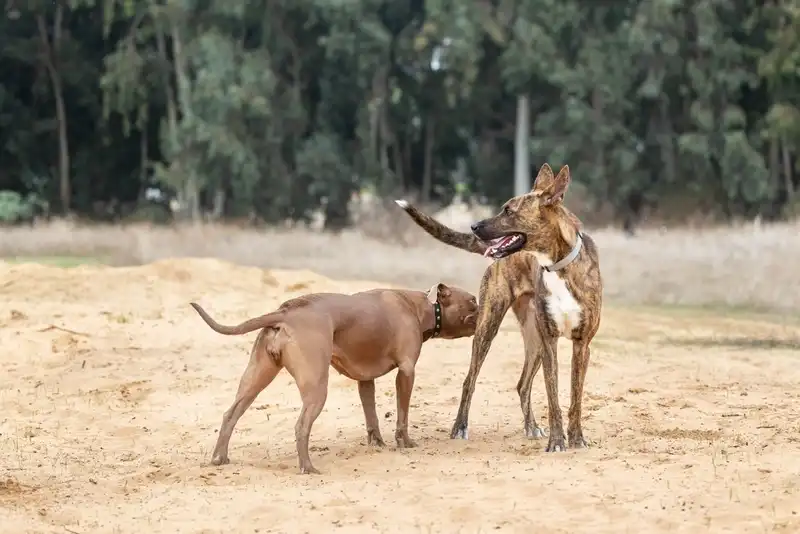
Should the owner be concerned about this behavior of the dog?
Now we have figured out why dogs sniff each other under the tail. This allows dogs to “read” and analyze special substances secreted by glands, getting a “dossier” on other animals. This is a natural phenomenon that should not cause concern to the owner.
If the pet owner has noticed a complete absence of such behavior in the animal, there is only one way out – you need to make an appointment at the clinic. Perhaps the four-legged one has problems with the sense of smell. It is especially important not to ignore such a situation when the pet’s behavior has changed dramatically: at first, it showed interest in sniffing, and then completely stopped doing it. The doctor will conduct an examination, if necessary, prescribe tests to help establish an accurate diagnosis.
Should I stop my dog from sniffing under my tail?
Sniffing under the tail is a natural process. For this reason, there is no need for training.
After all, such manipulations help dogs:
Socialize;
Find friends;
Get “dossiers” on each other.
However, owners may be concerned if the dog shows excessive activity or even aggression when sniffing other animals. This may indicate a lack of socialization or other behavioral problems. In this case, it is recommended to contact an experienced dog trainer who will help you cope with the situation. The specialist will be able to teach the dog to control its emotions and interact with its tailed comrades in a calmer manner.
Dogs can control their behavior and make new friends without problems if they are provided with timely socialization and training.
If the owner is still not happy with his dog sniffing the area under the tail of his relatives and vice versa, for example, he is embarrassed by hygiene issues, then it is worth paying attention to training. The most basic rule is to teach the dog the command “Stand”. This will stop him and not allow him to approach strange dogs. This can be especially relevant if you often encounter stray animals on the street during a walk. Any contact with them can be fraught with infection with dangerous infections.

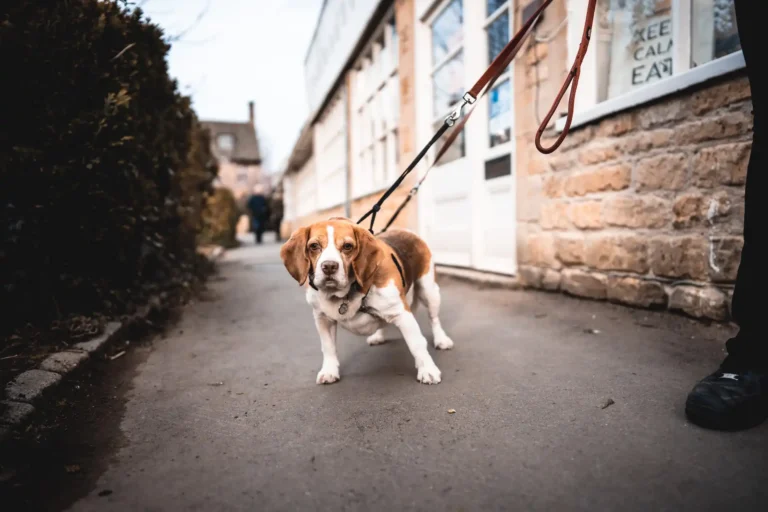
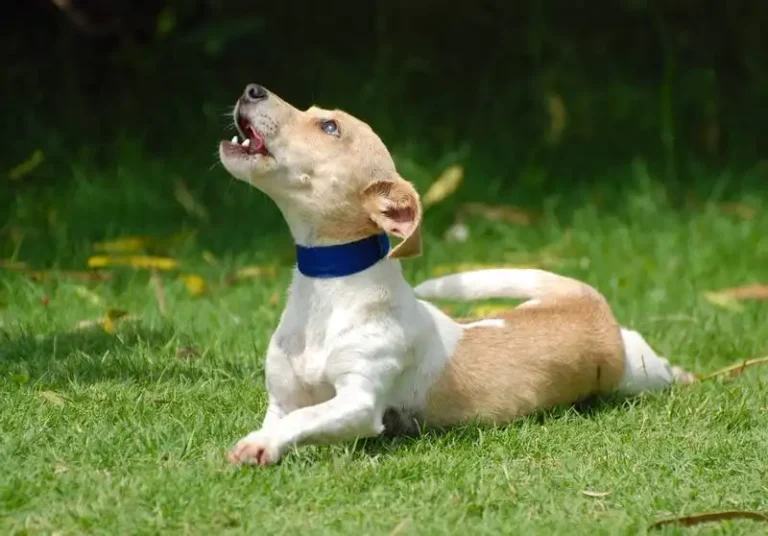
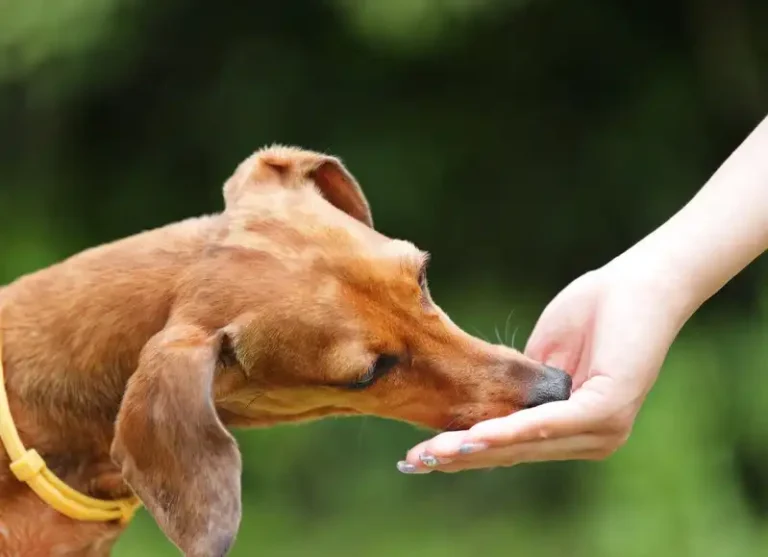
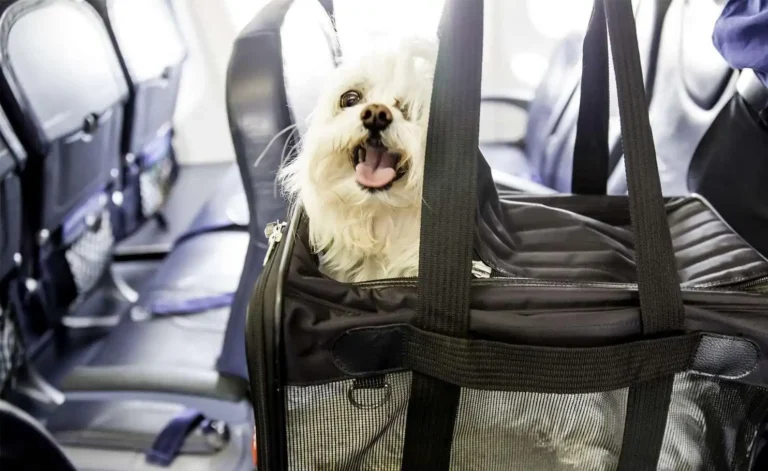
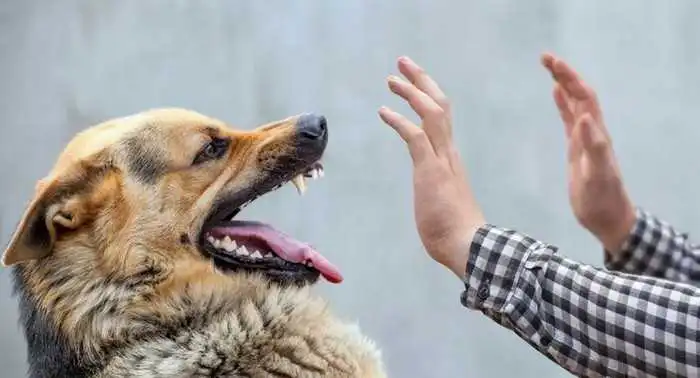

2 Comments